10 reasons why wildflowers are important:
- They improve air quality.
- Wildflowers improve soil health and prevent erosion. When wildflowers become established and spread their roots, they stabilize the surrounding soil. Without plants like wildflowers that stabilize the soil, nutrients can get washed away into nearby water systems.
- There is no need for weather protection because native wildflowers are perfectly suited to your area's weather conditions.
- Wildflowers are an important part of the food chain for most, if not all, insects and animals.
- They are a wonderful food source (in the form of leaves, nectar and pollen) for pollinating insects.
- Many species of butterfly only lay their eggs on wildflowers.
- They are easy to care for (less prone to disease and no need for fertilizers).
- They improve water quality.
- During winter when there is less food available, wildflower seeds can also be an important food source for birds and small mammals.
- Wildflowers and wildflower-rich habitats support insects and other wildlife by providing shelter and places to breed. In return, insects pollinate the wildflowers, enabling them to develop seeds and spread to grow in other places.
Which wildflowers should you plant?
For the best blooms year after year, choose wildflowers native to your area. Wildflower mixes are often sold as regional mixes – choose a correct one for your region or choose a single type native to your area. Growing wildflowers native to your area improves your chances of success, as these flowers have adapted to your region’s growing conditions.
If you need help selecting which native wildflowers to plant, check out information available from the NRCS’ PLANTS database. You’ll discover which native wildflowers are best to meet your land’s needs.
When should I plant them and where?
Wildflowers can be planted in either the spring or the fall. Fall being the better option because it gives the seeds more time to get established. The advantage of planting in the fall is you will see those blooms earlier than if spring planted. For fall planting, it is best to wait until after a good hard frost. The seeds will not sprout until the spring when the soil has warmed up enough for germination.
For more information on exactly how to plant wildflower seeds click to watch this video!

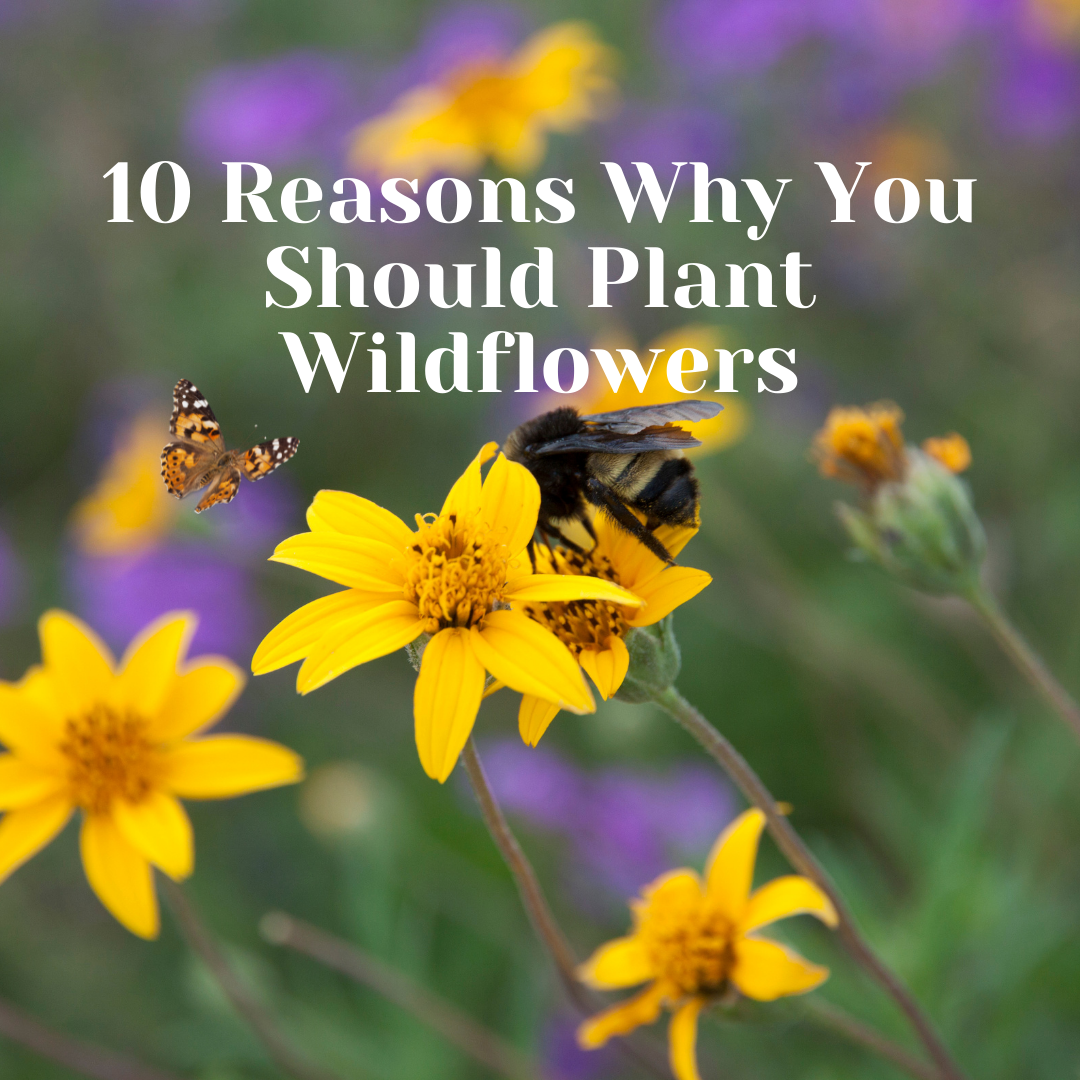

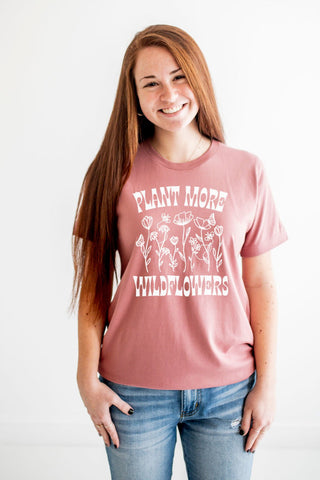
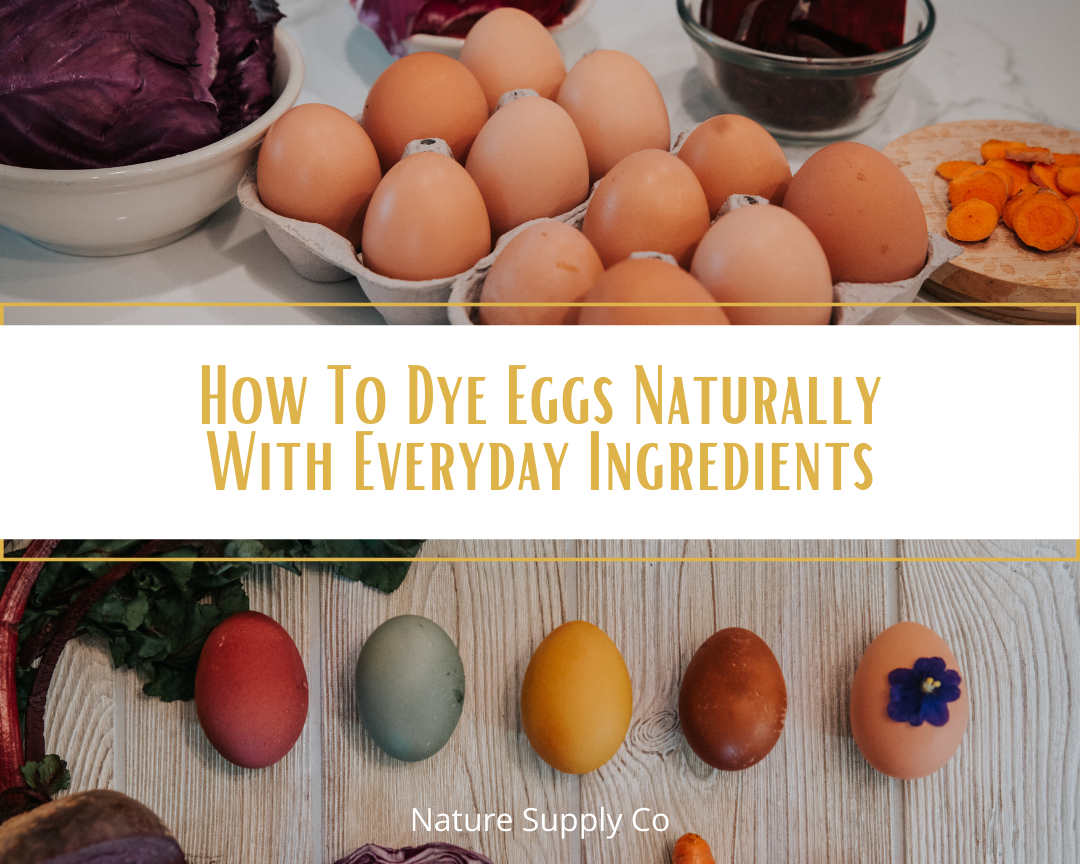
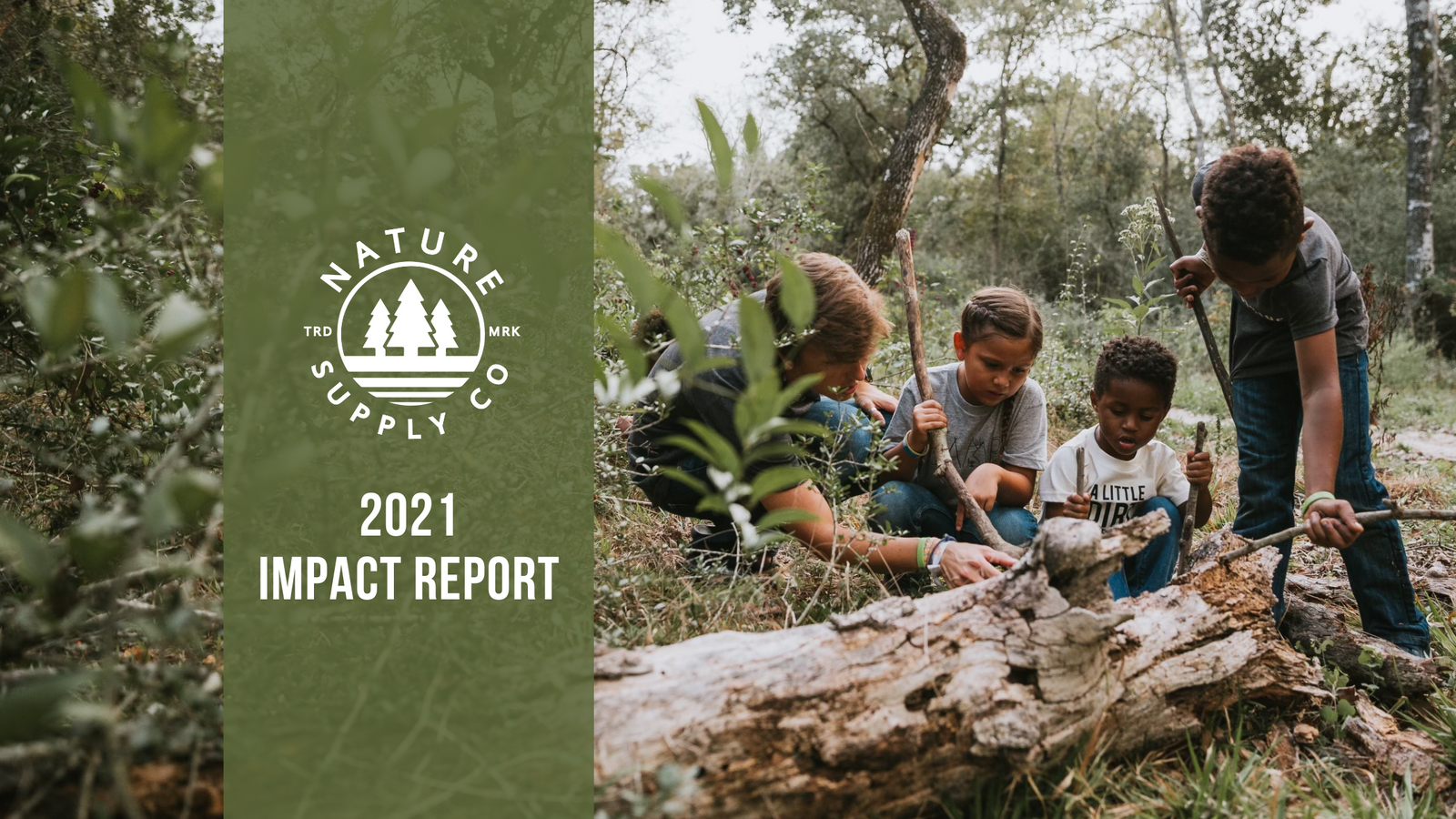
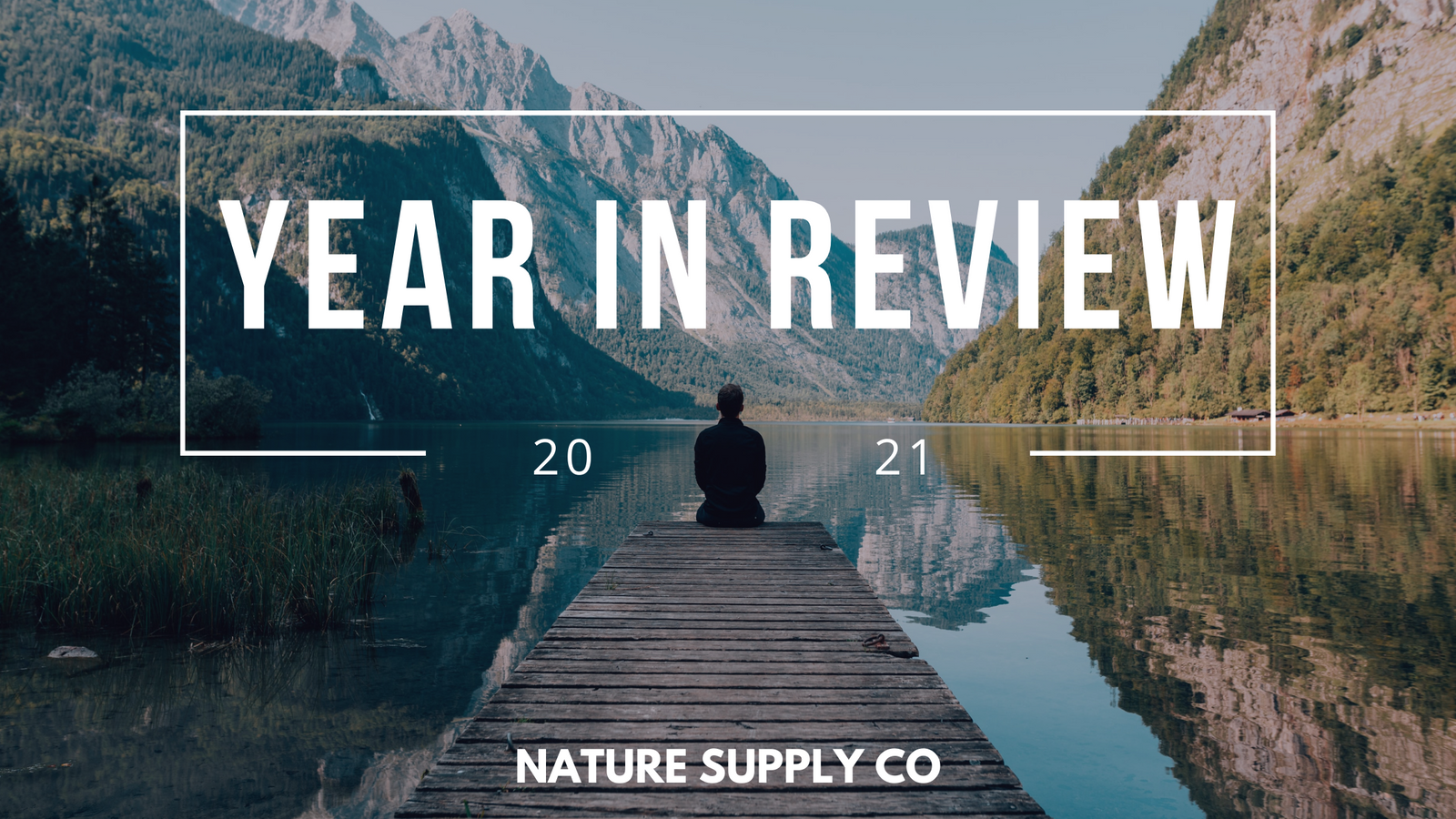
Leave a comment (all fields required)